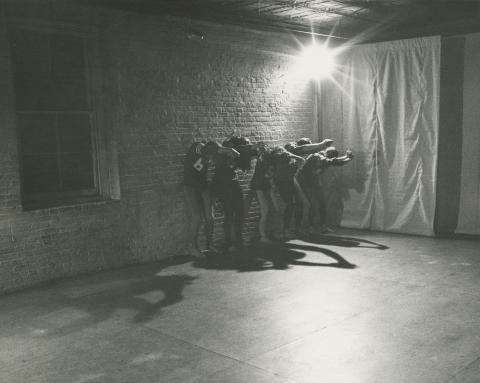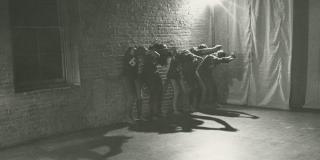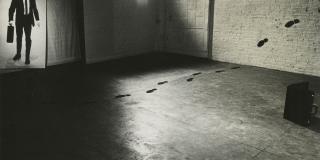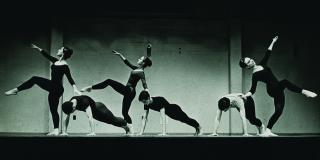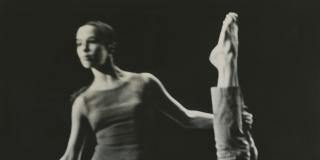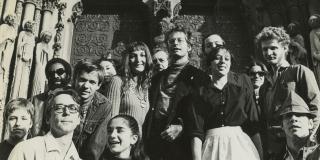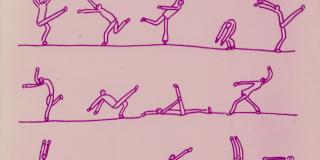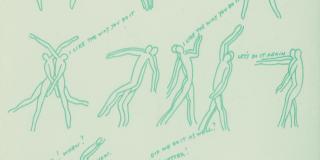Please note this exhibition will close at 5 PM on Thursday, May 1st.
In the 1960s, much like today, artists in New York struggled with limited access to resources and space—key elements to make new work. Dancers and choreographers, who need space to move and experiment, felt these limitations perhaps the most. Thinking about how to support artists in a new way, Jeff Duncan, who had worked with Anna Sokolow and Doris Humphrey during his early career, opened his living space to other artists to create, rehearse, and present their work. The collective became known as Dance Theater Workshop, and it went on to foster a number of key artists, as well as the movement of downtown dance.
Dance Theater Workshop provided not only space to create, but also offered classes and professional development for artists, subsidized video recordings of performances, and gave artists administrative support. For many individual artists, it was the first time that they did not have to manage every aspect of a production by themselves, and this freed up time for creativity and experimentation.
Over time, Dance Theater Workshop became a crucial venue for artists in the downtown scene. A number of choreographers now well known all over the world, including Mark Morris, Donald Byrd, Bebe Miller, and Bill T. Jones, all got their start at the Dance Theater Workshop. Dance Theater Workshop also provided funds and initiatives that helped these artists travel and exhibit their work outside of New York, and brought regional artists to the city. We also have them to thank for the Bessie Awards, which recognize outstanding and groundbreaking creative work by independent dance artists in New York City.
In 2010, the Dance Theater Workshop merged with the Bill T. Jones/Arnie Zane Dance Company to become New York Live Arts, but their legacy has long made its mark on the state of art and dance, especially in New York City. Dance Theater Workshop led the way to think expansively about how to support the individual artist. As artists continue to face challenges of funding, space, and professional support, the history of Dance Theater Workshop deserves a closer examination to help provide insights into the past, and a way forward to a more equitable artistic ecosystem.
Top image: Ray Cook, Martha Clarke, Eric Hampton, Deborah Jowitt, Sean Nolan, and Kathryn Posin in "Statement" by Jeff Duncan, 1965. Photo by Vladimir Sladon. Jerome Robbins Dance Division, The New York Public Library for the Performing Arts.

